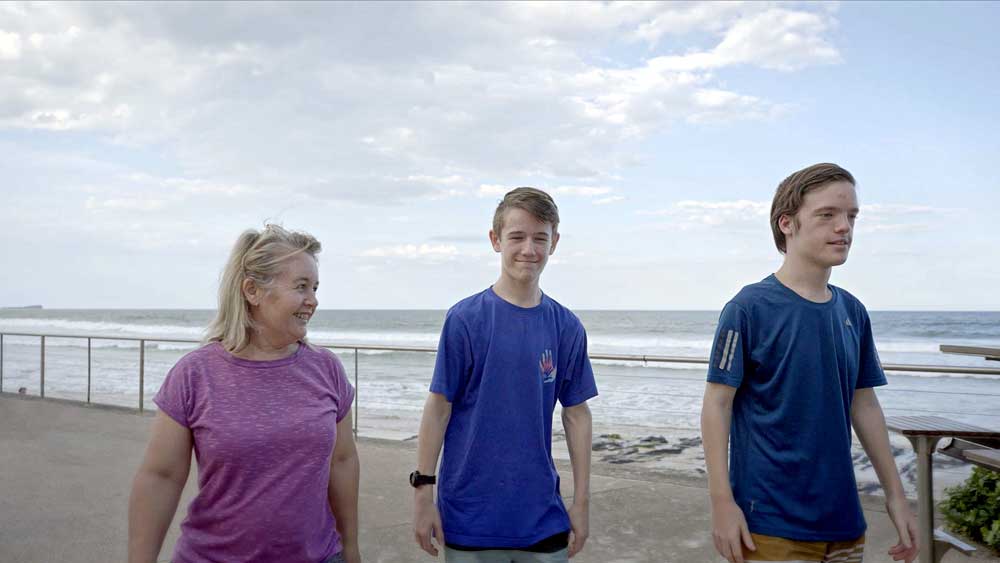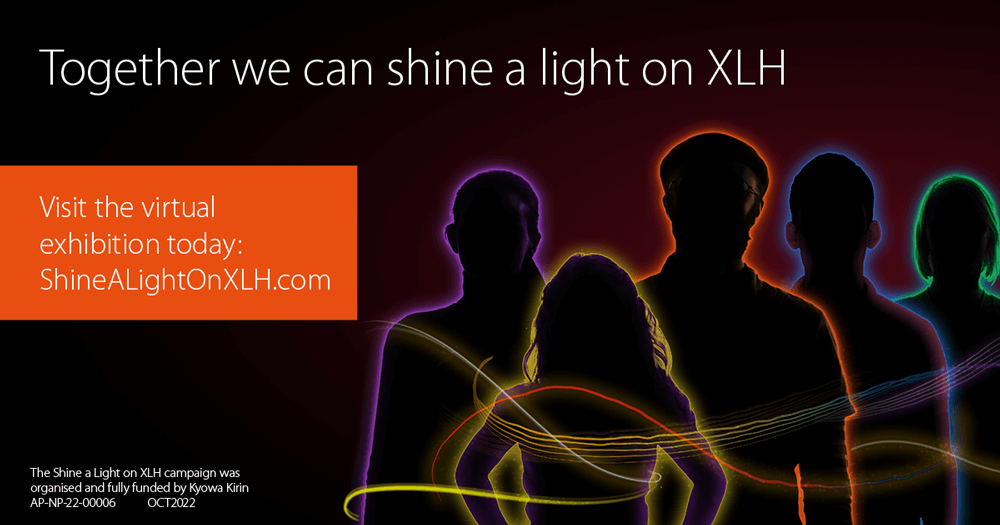- 患者故事
- Naomi 的故事
Naomi 的故事
- 性聯遺傳型低磷酸鹽症延遲確診
- 幼年時服用高劑量的磷酸鹽
- 弓形腿
- 養育患有性聯遺傳型低磷酸鹽症的子女的挑戰

到了兩歲時,Naomi 的雙腿就已經彎曲了,她不像她同年齡的孩子那樣走路。她的母親帶她去看了許多醫生,卻都無法診斷她的病情。直到一位敏銳的普通科醫生建議他們去看布里斯本的專科醫生後,她的性聯遺傳型低磷酸鹽症 (XLH) 才最終確診。
確診後,醫生為她開立每天六顆磷酸鹽藥錠,以補充因性聯遺傳型低磷酸鹽症而從腎臟流失的磷酸鹽。她將那藥物的味道和相關副作用描述為「地球上最噁心的東西。它會讓你腹瀉還有胃痙攣。」
成長過程中,Naomi 的雙腿一直彎如弓,而且她的雙腳內旋。雖然在學校,她能夠打手球並進行其他活動,但她說:「我不能真正參加體育活動或類似的活動,因為我不太能跑步。」
儘管 Naomi 十幾歲時有一群支持她的朋友,但她發現很難「擁有正常的青少年之間的關係」。性聯遺傳型低磷酸鹽症阻礙了她的成長,她說:「一個男孩對我說,『你長大後再打電話給我,然後我們再約會。』」當時,她在試圖處理各種嘲笑和看起來與其他人不同的問題時,遭受了嚴重的心理困擾。
17 歲時,Naomi 覺得自己沒有得到適當的醫療支持:「我的年齡超出了兒童健康系統。我有一位並不特別認識或相處融洽的專科醫生。」 有一次,當她的膝蓋被卡住時,她的雙腿無法動彈,必須前往急症室。當她嘗試告訴醫生,她的膝蓋被卡住是由她所患的性聯遺傳型低磷酸鹽症引起時,醫生駁斥了她的解釋,稱其為「無稽之談」。在她 20 多歲時,她進行了第一次關節鏡檢查。之後又進行了三次同樣的檢查。
她成年後也反覆出現牙齒問題。由於牙膿腫,她現在已拔除大多數牙齒,並以假牙替代。
Naomi 有兩個兒子,他們也都受到了性聯遺傳型低磷酸鹽症的影響。Naomi 很難接受兒子們的確診:「這情況其實很糟糕。我哭了,我丈夫也哭了。我非常責怪自己。」 她進一步反思自己作為患有性聯遺傳型低磷酸鹽症的母親,說:「這種疾病最殘酷的事情之一,就是基因損傷,這種疾病代代相傳的性質。」 因此,Naomi 和她的丈夫在男孩們很小的時候就談論過他們未來的女兒都會遺傳到性聯遺傳型低磷酸鹽症的事實。
身為成年人,Naomi 已學會接受患有性聯遺傳型低磷酸鹽症的生活。這種疾病教會了她,「如果你很喜歡自己、家人和朋友圈子,那麼你其實不需要其他東西。」
Naomi 已患有性聯遺傳型低磷酸鹽症 48 年,不知道當時澳洲有甚麼新治療選項。她盼望有新的性聯遺傳型低磷酸鹽症治療方法,讓兒童擁有正常生活,而不必面對她所承受的情感和身體創傷。
[推廣代碼]

Kyowa Kirin Australia
Level 7, 68 York St
SYDNEY NSW 2000
www.kyowakirin.com/australia/
enquiry.kkau@kyowakirin.com




